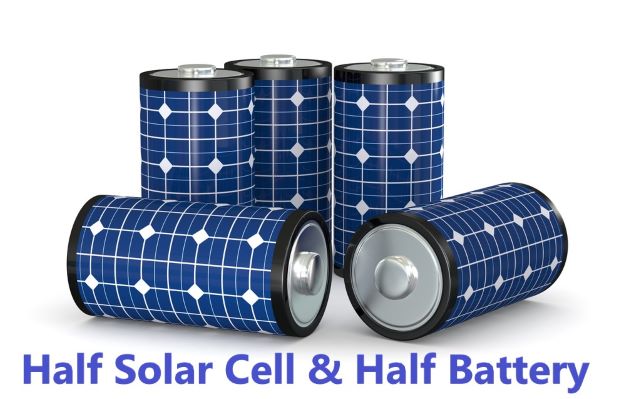

Solar energy has come a long way since the technology was first pioneered some 35 years ago. Once derided by its critics as an inefficient sci-fi technology that could barely power a light bulb. Even on a cloudy day solar panels do generate electricity, but they’re still inefficient, and the extra energy generated on an excessively sunny day may go to waste. And this precariousness also means that people who want to go solar must remain connected to the grid. So, a team of scientists have married the two existing technologies: solar cells that harvest light, and a so-called flow battery. This Union of Half Battery, Half Solar Cell Hybrid Could change energy storage game.
Fortunately, this may change. In a new paper published September 27 in Chem, scientists from the University of Wisconsin-Madison and King Abdullah University of Science and Technology (KAUST) revealed a promising method that could free solar consumers from worrying about the time of day or being off-grid. Storing solar energy isn’t a new challenge (other ideas include turning the energy into hydrogen or molten salt), but this team details how they managed to break efficiency records by successfully marrying a Half solar cell and a Half battery to form what they call a solar flow battery (SFB).


At 14.1 percent round-trip efficiency (the trip from solar collection to electricity output), these new SFBs are eight times better than the team’s past prototype, and is the highest successfully published in the burgeoning field of solar rechargeable batteries, according to the study. The batteries even approach the level of most commercially available solar panels at 15-17 percent — with portability to boot.
“We can probably get to 20 percent efficiency in the next few years, and I think 25 percent round-trip is not out of the question,” explains study author Song Jin, a chemist at the University of Wisconsin at Madison. It can store the solar energy, or it can simply be charged like a normal battery.
The batteries also have multiple modes. Like a typical battery, you can charge it with electricity, and like a traditional solar cell, it can convert sunlight to electricity immediately. Its special third mode allows solar energy to be stored as energy for use at a later point.
“These integrated solar flow batteries will be especially suitable as distributed and stand-alone solar energy conversion and storage systems in remote locations and enable practical off-grid electrification,” Jin explained. Think: rural areas, disaster zones, blackouts. RFBs tackle both the accessibility problem and the need for green energy in the space of one battery.
For now, the cost of the RFBs remain too high to consider for consumers. RFBs may be cheaper to fashion than separate solar cells and batteries, but more research is necessary now that the battery fulfills proof-of-concept.
Though hard to predict, with good progress, Jin told the team could consider commercialization of the SFB in about 5-7 years.
In a significant move toward advancing green energy and industrial growth in the state, Himachal…
Golabl chemical conglomerate BASF has announced that its now offering the world’s first biomass-balanced polyethersulfone…
In a crucial stint to bolster the biogas sector and sustainable dairying in the country,…
TotalEnergies SE has received approval to proceed with its Middlebrook solar and battery project in…
Andhra Pradesh Chief Minister Chandrababu Naidu has inaugurated the Rs 1,000-crore green hydrogen plant of…
The BITS Pilani has developed an innovative solution for managing landfill leachate, domestic septage, and…